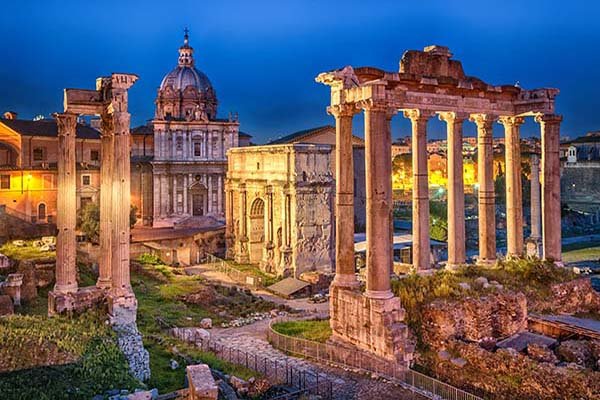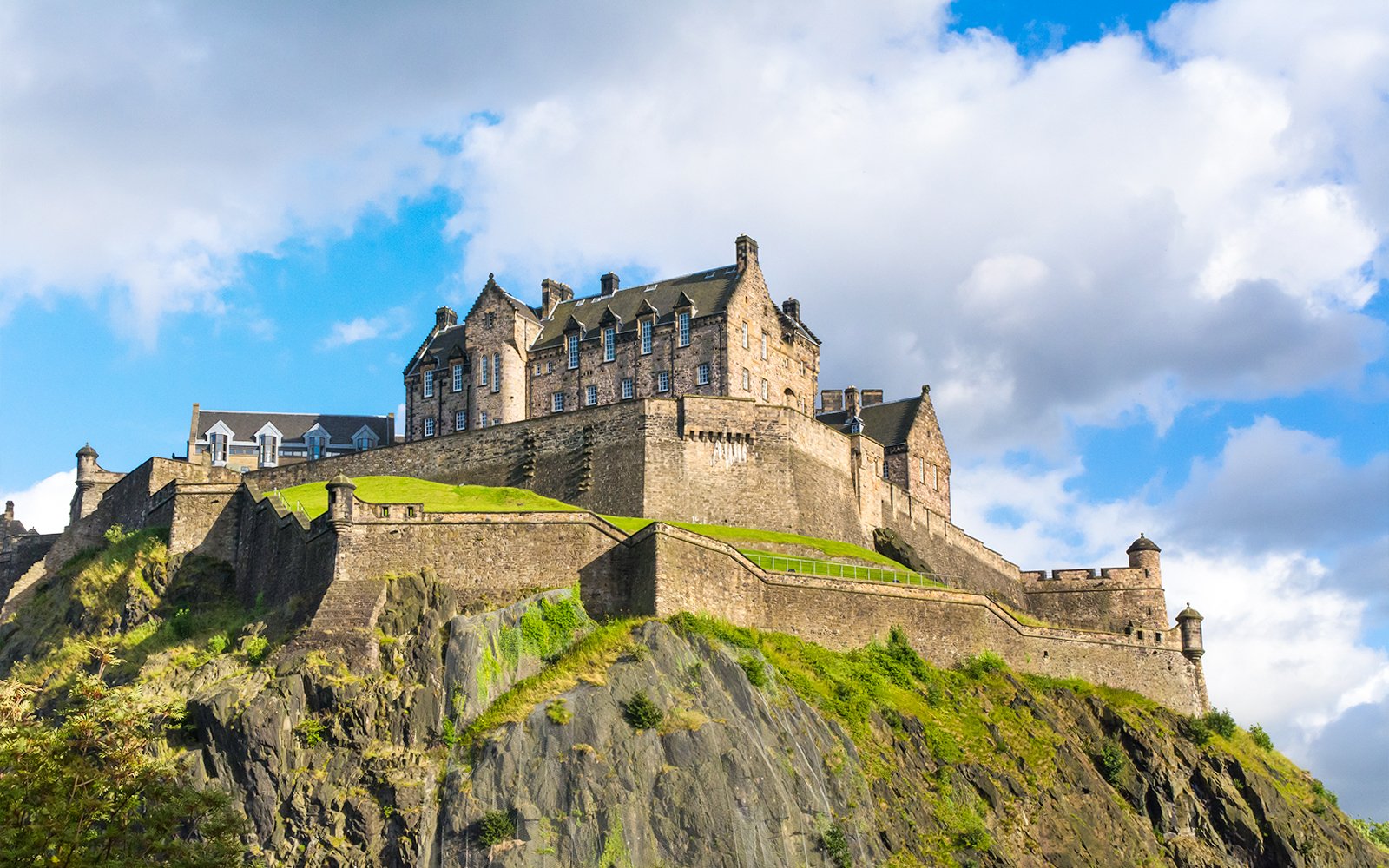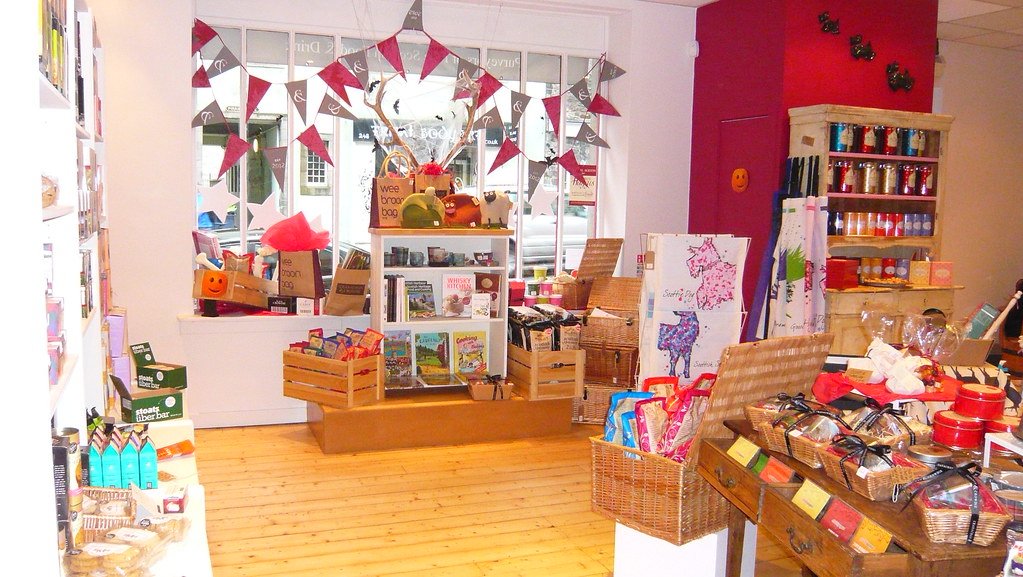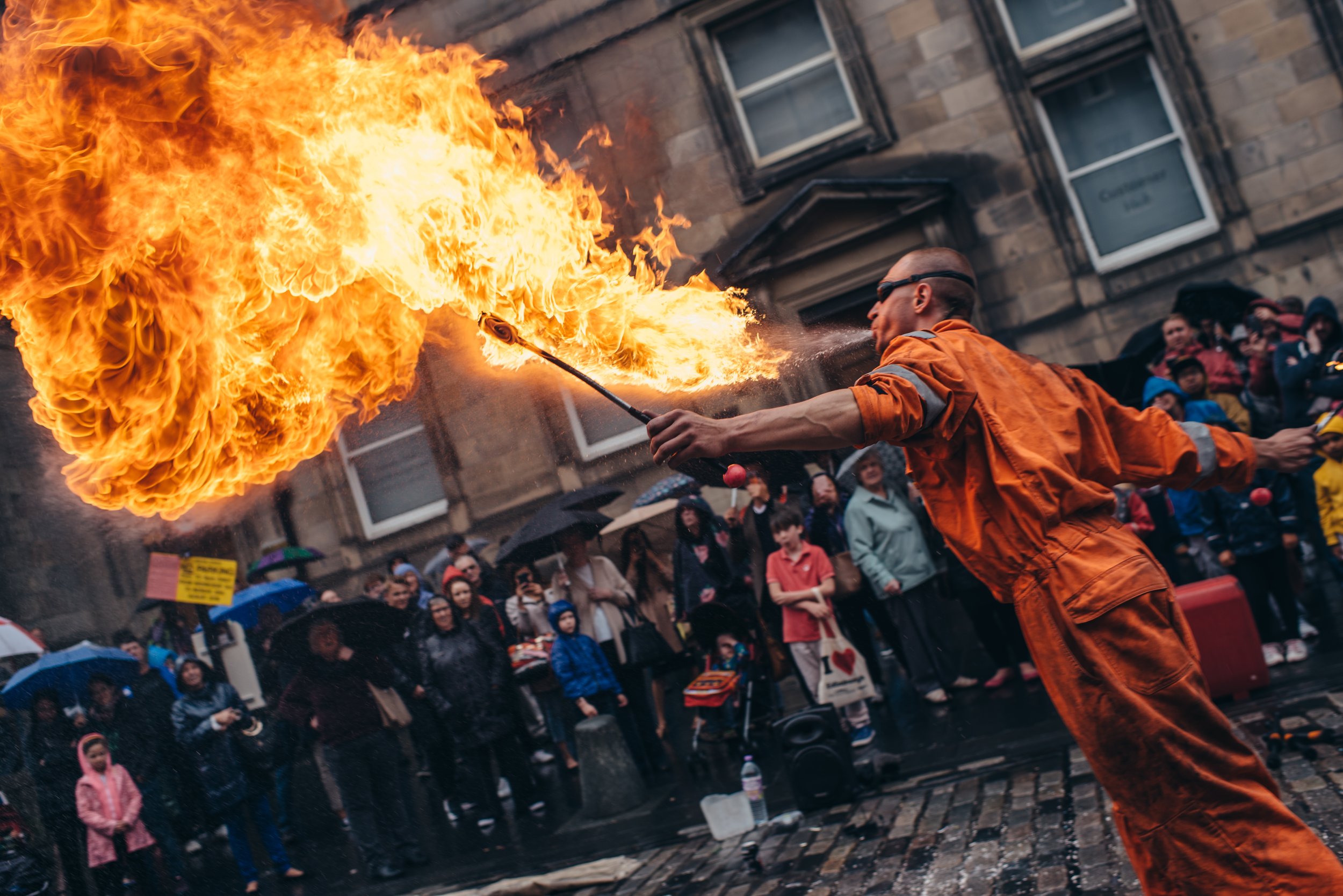You haven’t really experienced Rome if you haven’t let your jaw slacken at first sight of this stone giant, posed elegantly amidst honking Vespas and dubious selfie angles. But beyond its fame as one of Italy’s major tourist attractions, the Colosseum is also a paradoxical place—a brutal playground of ancient entertainment and a modern icon of endurance, innovation, and spectacle. Let’s step beyond the postcard version.
There are few things in life capable of stopping both time and tour groups in their tracks. Most of them are gelato-related, but occasionally, we must talk about architecture. Enter: the Colosseum, Rome’s 2,000-year-old amphitheater that has more stories carved into it than your Nonna’s face.
Rome’s Ultimate Arena
Completed in 80 AD under Emperor Titus (because egos must be built in stone, obviously), the Colosseum—originally known as the Flavian Amphitheatre—was engineered as a supreme PR stunt. A gift to the people, the arena could seat over 50,000 Romans itching for blood, drama, and the ancient equivalent of WWE meets Cirque du Soleil (except with more actual lions).
This architectural marvel was made from concrete and volcanic stone—a building technique so robust it’s still baffling engineers today. Yes, the Colosseum survived earthquakes, pillaging, weather erosion, and 20th-century tourism. Give her a round of applause... and maybe a conservation budget, please?
The Bloody (and Surprisingly Organized) Past
Forget popcorn—Roman spectators came for severed limbs with a side of social commentary. Gladiatorial games weren’t just entertainment. They were finely crafted public events, meticulously scheduled, complete with pre-show sacrifices, exotic animal hunts (some imported from as far as North Africa), and even mock sea battles when organizers flooded the arena with water. How very… dramatic.
Contrary to Hollywood dramatizations, not every fight ended in death. In fact, many gladiators were prized and trained professionals. Kill them too early and—you guessed it—they were expensive to replace. Think of them as athletes-slash-influencers with a higher mortality rate.
Modern Magic and A Few Tips
It’s easiest to visit the Colosseum with a combined ticket that includes access to the Roman Forum and Palatine Hill. (Pro tip: book ahead. The lines are longer than Caesar’s resume.) Want a richer experience? Opt for a guided tour—or even better, the night tours, when this ancient beast glows gold under spotlights and becomes suspiciously flirtatious.
Now a UNESCO World Heritage site and magnet for millions of Instagram shots each year, the Colosseum is a walkable time capsule. Thanks to recent restoration projects, the underground hypogeum—where animals and combatants awaited their fate—is accessible to visitors again. Walking through these tunnels? Think of it as history’s version of backstage at Hamilton, just with more chains.
Beyond the Bricks
Hungry after all that ancient warfare? Trattorias in nearby Monti serve classic Roman dishes like carbonara, cacio e pepe, and amatriciana—no lions required. Try La Taverna dei Fori Imperiali for old-school Roman charm without the tourist markup.
And for those seeking their gladiator moment minus the grappling, there’s the Gladiator School of Rome (yes, it’s real), where you can swing a sword, wear a tunic, and risk spraining your dignity.
Sure, the Colosseum is a visual thunderclap. But staying in this corner of Rome offers more than just bricks and bravado.
Just steps away, Palatine Hill offers sweeping views of the Roman Forum and Circus Maximus, plus the fascinating Domus Augustana. The hill feels curated by the gods of Instagram—sunset here is practically a religion.
Rome Wasn’t Built in a Day, but the Colosseum Might Break Your Phone’s Storage
The Colosseum is not just a monument; it’s a master class in survival. It’s the original arena—an influencer before influencers, a spectacle without the screen. So whether you’re a history buff, an architecture nerd, or you just came for the selfies, this Roman colossus won’t disappoint.
Now go forth, traveler. But beware: once you’ve stood in the Colosseum’s shadow, almost everything else feels... a little anticlimactic.
Rome Wasn’t Built in a Day, but the Colosseum Might Break Your Phone’s Storage
The Colosseum is not just a monument; it’s a master class in survival. It’s the original arena—an influencer before influencers, a spectacle without the screen. So whether you’re a history buff, an architecture nerd, or you just came for the selfies, this Roman colossus won’t disappoint.
Now go forth, traveler. But beware: once you’ve stood in the Colosseum’s shadow, almost everything else feels... a little anticlimactic.
FAQs About Visiting the Colosseum in Rome
Is the Colosseum guided tour worth it?
Absolutely. A licensed guide brings layers of depth (and witty quips) to your visit. Plus, many tours include skip-the-line access and entry into areas like the underground hypogeum or upper tiers.
Can you visit the Colosseum at night?
Yes! Night tours are available and highly recommended for a more intimate and dramatically lit experience. They often come with small-group sizes and access to restricted areas.
What else should I see nearby?
Don’t miss Palatine Hill, the Roman Forum, or the Arch of Constantine. Also nearby: Monti, a charming neighborhood full of craft shops and legendary pasta.
How much does it cost to visit the Colosseum?
As of 2024, general admission tickets are €16, with bundling options that include entry to Palatine Hill and the Roman Forum. Discounts and free admission days are available check the official tourism site.
What are the best times to visit the Colosseum?
Early morning (8:30–10 AM) or late afternoon are best. Crowds peak mid-day, especially in summer. Visiting during shoulder season (April to June or September to November) offers fewer crowds and prettier lighting

























































































































































































































































































